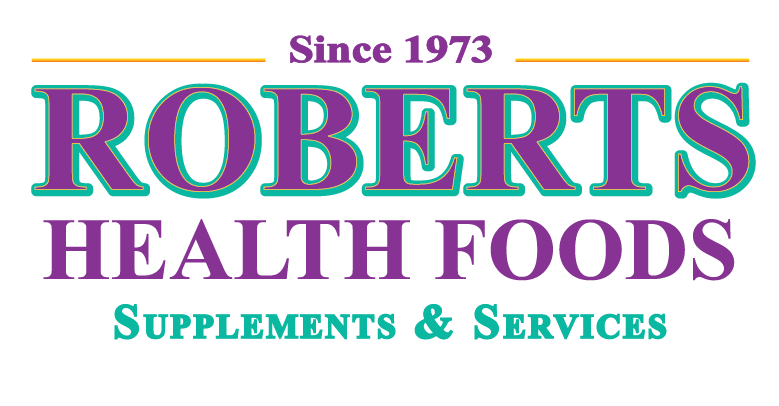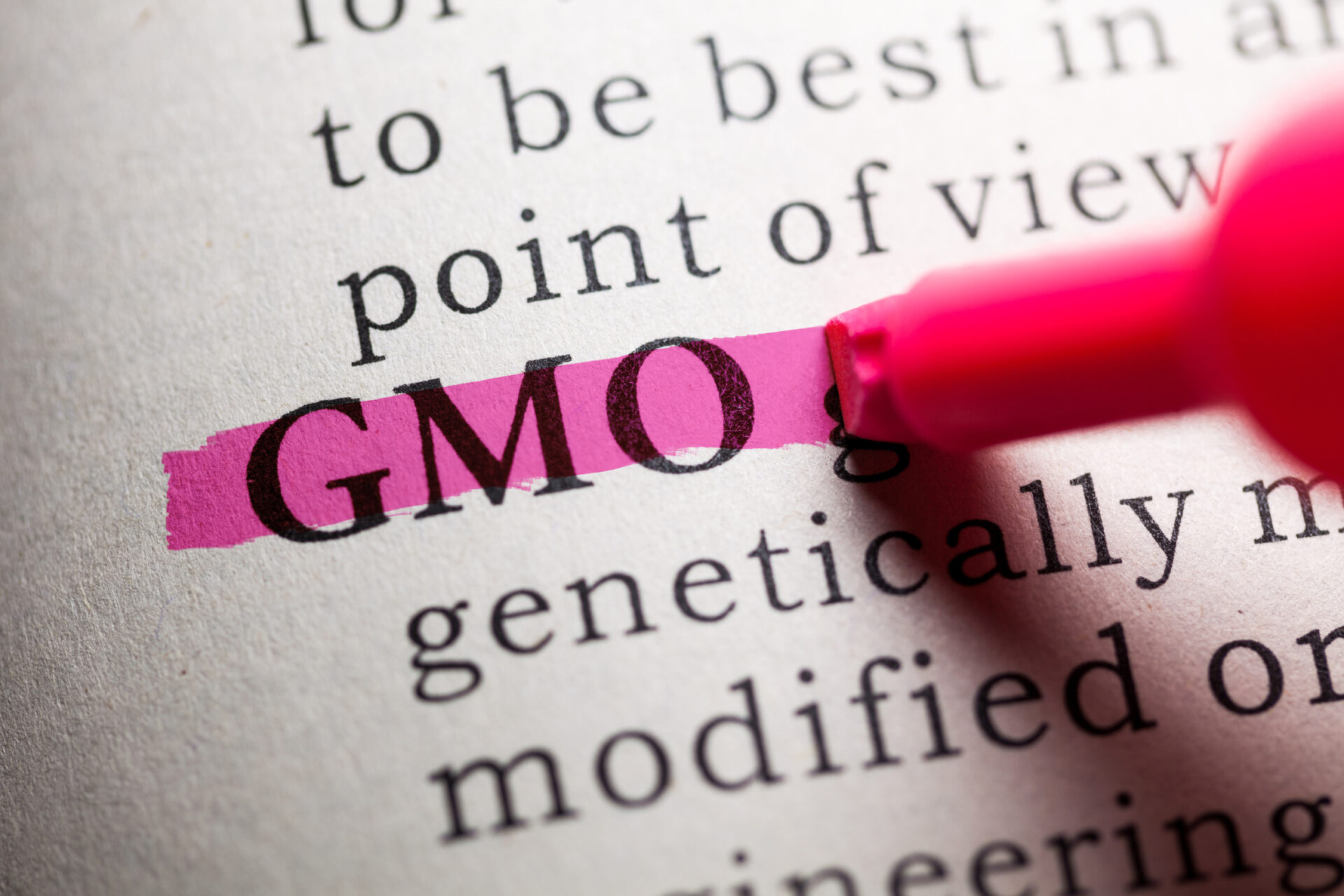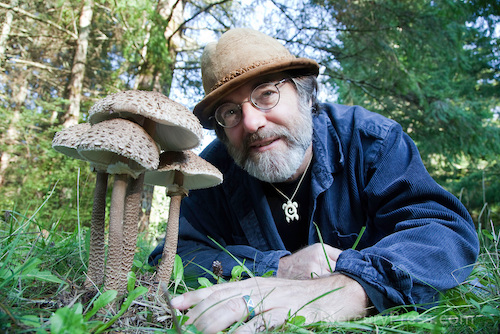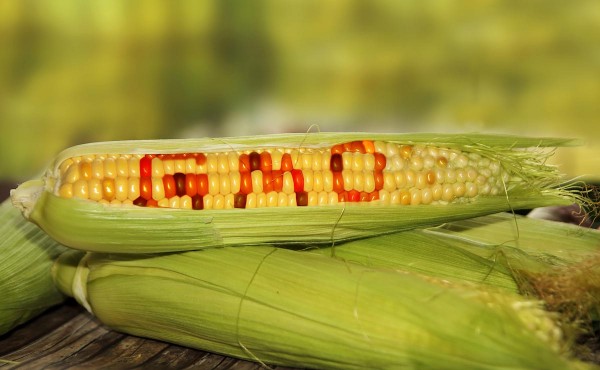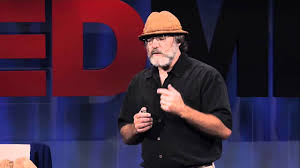Flawed GMO Labeling Bill Signed into Federal Law
Last Friday, a historically discriminatory and fatally flawed mandatory GMO labeling bill was signed into federal law. The legislation, dubbed by opponents as “the DARK Act” originated from a motivation to preempt states’ ability to require meaningful GMO labeling.
Below are our answers to common industry questions about the new legislation and its relationship to the Non-GMO Project. You might also find it helpful to review our consumer-facing blog on Living Non-GMO.
How will this new law impact the Non-GMO Project?
This law does not have any direct effect on the Non-GMO Project, it simply makes it more important than ever for shoppers to “look for the Butterfly.”
We see this law as the end of meaningful mandatory labeling in the United States, a significant historical development that reinforces the critical value of the Non-GMO Project’s market-based strategy and reason for existence. As a non-profit, our mission is to preserve and build sources of non-GMO products, educate shoppers, and provide verified non-GMO choices. For those who care about the right to know, and for shoppers looking to avoid GMOs, the butterfly label remains the best choice.
What does this mean for me as a producer of Non-GMO Project Verified products?
This law does not change the Project’s verification program or your right to use the butterfly logo. Now more than ever, your commitment to providing Non-GMO Project Verified products to your customers helps you stand out as a champion of informed choice. This is a good moment to talk about your non-GMO commitment and reassure shoppers that they can continue to count on you for clearly labeled non-GMO options.
What happens now with Vermont Act 120?
Effective immediately upon Obama’s signing of this new legislation on July 29th, Vermont Act 120 has been federally preempted and is no longer law. This is true in spite of the fact that the new federal legislation isn’t scheduled to take effect for two years.
How will this impact retailers?
The loss of any chance for meaningful mandatory GMO labeling means that retailers continue to have a critically important job to do in educating shoppers. Registering for Non-GMO Month this October is an important way to get access to tools, materials and information to help you stand out as a non-GMO leader in your community.
What about organic products?
The Non-GMO Project Standard continues to be the most rigorous, meaningful non-GMO standard in the marketplace. The organic label is another option, but unlike the Non-GMO Project, the organic rules do not require testing for GMO contamination. Organic does, however, cover other important subjects that the Project doesn’t (synthetic pesticides, fertilizers, etc.). Consumers looking for the most comprehensive assurance should look for products with BOTH labels.
What are the biggest problems with the new labeling law?
According to the FDA, the definition of bioengineering in this bill is so ambiguous and narrow that it “will likely mean that many foods from GE sources will not be subject to this bill. For instance, oil made from GE soy would not have any genetic material in it. Likewise, starches and purified proteins would not be covered.”
The FDA further commented that it “may be difficult” for ANY GMO food to qualify for labeling under the bill in that it would have to be proven that a GMO product’s modification could not be achieved through conventional breeding or be found in nature – something near impossible to determine. This means most GMO foods might not be subject to mandatory labeling under this law.
Another fatal flaw is that the new law allows labeling to be done using QR codes and 800- numbers, rather than plain English. This discriminates against the 100 million Americans—nearly one third of the population—who don’t own smartphones.
What happens next?
The USDA has established a working group to develop a timeline for rulemaking. The law is not scheduled to take effect for two years, and a lot of critical questions remain unanswered. The Non-GMO Project will provide ongoing updates on significant milestones in rulemaking and is here to provide information as needed—please contact info@nongmoproject.org with any questions.
Remember, the bottom line is that nothing about this new law directly impacts the Non-GMO Project or the right of companies to use the butterfly label on Verified products.
We continue to believe that everyone has a right to know what’s in their food and deserves access to non-GMO choices. Collectively, committed brands, retailers and shoppers are changing the way our food is grown and made and are protecting the integrity of our diverse genetic inheritance.
Our work is now more important than ever.
Megan Westgate, Executive Director
Working together to preserve and build the non-GMO food supply, educate consumers, and provide verified non-GMO options.
Non-GMO Project
1155 N State St, Ste 502
Bellingham, WA 98225
Shining Light on the DARK Act
In the wake of today’s signing of a historically discriminatory and fatally flawed GMO labeling bill, many of us are feeling defeated and heartbroken. This new legislation was created with a single purpose in mind—to destroy the incredible grassroots momentum of powerful GMO labeling bills put forward by hundreds of thousands of activists in more than 30 states. Most notably, the nation’s first meaningful mandatory GMO labeling legislation, which went into effect July 1 in Vermont, has effectively been snuffed out. Replacing it, the new “DARK Act” prescribes a two-year void followed by unenforceable, vague and poorly written rules that at best require 800 numbers and QR codes—codes that can’t be accessed by the 100 million Americans who don’t own expensive smart phones. After five years of incredible momentum built by countless individuals and organizations that believe Americans have the same right to know as citizens in the 64 other countries that require real GMO labeling, this is indeed a dark day.
In spite of the darkness, though, there is still sun shining through. The non-GMO movement is a fire too strong to extinguish, and it’s a good day to recognize a couple of the powerful ways in which our momentum will continue.
The mandatory labeling movement has achieved unimaginable success in raising awareness about the GMO issue. In the past few years, national media attention and the corresponding public understanding inspired by state labeling efforts have brought a once obscure term—GMO—into the spotlight. When we started the Non-GMO Project 10 years ago, it always took me a few minutes to explain what I did, because only rarely had my audience ever heard of genetic engineering. Fast forward to a 2014 Consumer Reports survey in which 72% of Americans say it’s important to them to avoid GMOs when they shop. Knowledge is power, and this public awakening is shifting the scales in a way that can’t be undone, even by this horrendous bill. Our elected officials have utterly failed to represent the will of the people this time around, but they can’t stop the deep sincerity with which Americans are now pursuing information and choices when it comes to GMOs.
This brings us to our next ray of light, and it’s a big one. We all vote with our wallets every time we shop, and collectively we DO have the power to change the way our food is grown and made. This is the premise that the Non-GMO Project was founded on a decade ago, and it is indeed proving to be powerful. As the availability of non-GMO food choices skyrockets, GMO crops are on the decline for the first time since their introduction.
The Project’s nonprofit mission is to preserve and build sources of non-GMO products, educate consumers, and provide verified non-GMO choices. We decided long ago that the most pragmatic and effective way to do this is to leverage the power of the marketplace. When we were first thinking about strategy back in 2006, we didn’t feel like we could afford to wait for the government to take action, and we didn’t trust that the government would ever adequately represent our interests. So we set out to protect non-GMO food in a different way, by creating a system by which food companies could meet the consumer demand for non-GMO choices, thereby changing the supply chain and preserving safe, healthy food for future generations. In 2007, the Non-GMO Project created North America’s first third party standard, certification and label for non-GMO. Since then, our strategy has proven effective beyond what we ever could have imagined.
There are nearly 2,700 brands in the Non-GMO Project’s Product Verification Program, and more than 36,000 products that have been Verified to our rigorous standard. Collectively, these products represent more than $16 billion in annual sales. That’s still small in the scope of overall U.S. food sales (just over 1%), but it’s a lot for a label that started trickling into the market just six years ago. And the growth is exponential. What started as a niche project for organic and natural products is now spreading into the mainstream market. Conventional brands are seeking the Non-GMO Project Verified Butterfly at a rapidly accelerating rate, which is momentous for our mission of growing the non-GMO supply chain.
Ensuring access to non-GMO choices necessitates the conversion of North American acreage to non-GMO agriculture at sufficient scale. When big, conventional brands come on board and massively overhaul their sourcing and production practices, the impact to farmland is incredible. As an example, consider Danone, which made a pledge in July to seek Non-GMO Project verification for all products in the Dannon, Oikos and Danimals brands. Achieving this goal will require the conversion of 80,000 acres of cropland from GMO production to non-GMO production—enough to feed 45,000 cows. That’s a lot of impact, and it is happening entirely because of consumer demand, and in spite of anything the government does or doesn’t do. Because it’s going to take a couple of years to create this new supply chain and earn the Butterfly, Danone has also pledged to label any GMO ingredients in the meantime. Similar pledges from Campbell’s and Mars point to the opportunity for brands to lead the way in voluntarily providing the clear, on-pack disclosure that the DARK Act has blocked from becoming mandatory.
No one can argue that we all have a right to know what’s in the food we’re eating and feeding to our families. That’s what the mandatory labeling movement is all about, and the violation of this simple right to know is what makes the passage of the DARK Act so reprehensible.
While the Non-GMO Project has always supported mandatory labeling efforts, I have to admit that I care about more than just the right to know. I wouldn’t be satisfied with a grocery store where every product said, “Produced with genetic engineering,” which is one potential outcome of a strictly right to know tactic. Like many other concerned citizens who have been working on this issue for a decade or more, what I actually care about is having choices— specifically, non-GMO choices. I believe that preserving and building the non-GMO supply chain is a critical step of transitioning toward a safe, healthy food supply for future generations. I also believe that the integrity of our diverse genetic inheritance is essential to human and environmental health and ecological harmony.
I want every person in this country, regardless of where they live or how much money they make, to be able to easily identify and afford non-GMO choices. Every day, as more people seek out the Butterfly and companies of all types and sizes do the hard work to earn it, we are moving toward that vision. Your choices are powerful, your voice in the marketplace is loud. Bask in that sunshine a little, and let’s carry on. The earth and our children will thank us.
Tags: congress, DARK Act, engineering, genetically, gmo, labeling genetic, megan westgate, modified, Obama, s. 764
